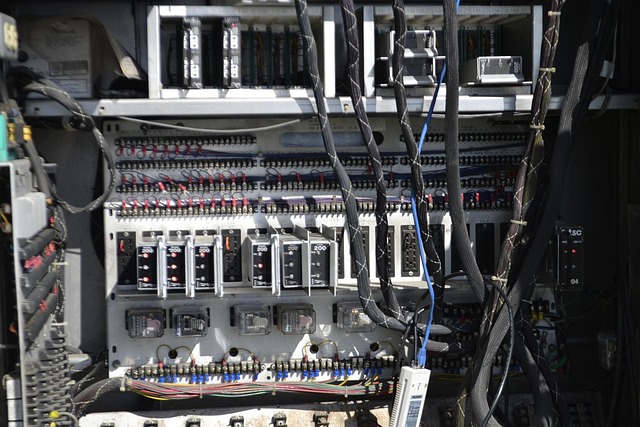As we venture deeper into the realms of Virtual Reality (VR), Augmented Reality (AR), and the highly talked-about Metaverse, the importance of low delay technology has become increasingly evident. In an age where immersive experiences are in high demand, the user’s ability to interact with virtual environments without perceptible lag is paramount. Low delay systems not only enhance the realism of these technologies but also play a crucial role in user comfort and satisfaction.
Virtual Reality has revolutionized gaming and simulations by providing users an unparalleled level of immersion. However, a significant challenge remains: latency. Even a slight delay between a user’s actions and the system’s responses can lead to discomfort or motion sickness. Low delay technology is essential in maintaining a seamless experience, allowing gamers and users to feel as though they are genuinely present within a digital world. As VR headsets and systems evolve, minimizing this delay becomes critical.
On the flip side, Augmented Reality takes a different approach by overlaying digital information onto the physical world. This technology is becoming increasingly popular in applications ranging from mobile games to serious training simulations. For AR to work effectively, the synchronization between the real world and virtual elements must be instantaneous. Low delay is vital here as well, ensuring that as a user moves or interacts with their environment, the digital components appear and react without lagging behind. This synchronization creates a more harmonious blend of the digital and the real, enhancing both user engagement and information retention.
As we shift our focus to the Metaverse, the need for low delay technology becomes even more pronounced. This digital universe aims to create expansive virtual spaces where users can interact, work, and play in real time. For participants to feel a sense of presence and community, the interactions must feel immediate and fluid. Whether attending a virtual concert, engaging in a business meeting, or exploring expansive digital landscapes, users expect a seamless experience that mimics reality. Therefore, advancements in low delay technology are instrumental in the development of a fully realized Metaverse.
The challenges posed by latency are not just technological hurdles; they also influence how we perceive and engage with these digital environments. Companies are investing heavily in low-latency solutions, which range from hardware improvements, such as faster processors and better connectivity, to software optimizations that prioritize efficient data transfer. The ultimate goal is to create a user experience that is not only fast but also enhances the overall enjoyment of VR and AR applications.
In conclusion, as we explore the exciting realms of Virtual Reality, Augmented Reality, and the Metaverse, low delay technology stands as a pivotal factor. It shapes how we interact with these environments, ultimately influencing the future of digital interaction. With ongoing advancements and innovations in this field, we can expect to see an even greater synergy between the real and virtual worlds, enriching our experiences in ways we have yet to fully imagine.




